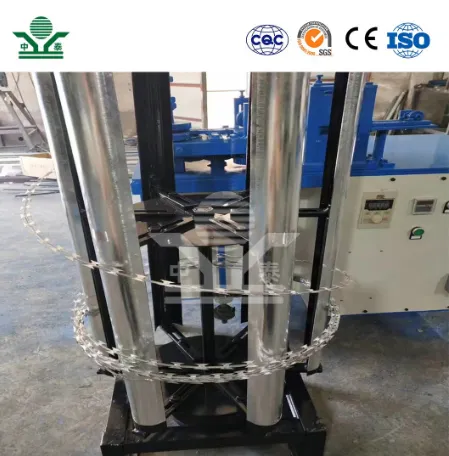Understanding the Pricing of Perforated Metal Sheets
Perforated metal sheets are widely used in various industries due to their unique combination of durability, lightweight, and aesthetic appeal. These sheets are metal panels with holes punched in them, which can be designed in various sizes and patterns to serve multiple purposes, including ventilation, sound insulation, and decorative features. Given their extensive applications, understanding the pricing of perforated metal sheets is crucial for businesses and consumers alike.
Factors Influencing Price
1. Material Type The type of metal used significantly influences the price of perforated sheets. Common materials include aluminum, stainless steel, and carbon steel. Stainless steel, while offering excellent corrosion resistance and strength, tends to be the most expensive option. In contrast, aluminum might be more cost-effective while providing sufficient strength for many applications. The choice of material not only affects the upfront cost but also impacts the sheet's long-term maintenance and durability.
2. Sheet Thickness The thickness of the metal sheet is another critical factor affecting price. Thicker sheets typically cost more due to the increased material required and can also require more robust machinery for perforation. Depending on the desired application, selecting the appropriate thickness is essential, as it can impact both the functionality and overall cost.
3. Hole Size and Pattern The size and pattern of the perforations also play a significant role in determining the price. Complex patterns with varied hole sizes may require specialized machinery and longer production times, potentially driving up costs. Conversely, simple patterns with uniform hole sizes are easier and quicker to produce, which can help keep prices lower.
perforated metal sheet price

4. Surface Finish The finish of the perforated metal sheet can also affect its price. Standard finishes may include mill finish, painted, or anodized options. Each of these finishes requires different processing methods, which can influence the final cost. For instance, anodized finishes provide additional protection and aesthetic appeal but may add to the overall expense.
5. Quantity and Customization Bulk orders generally lead to lower prices per unit due to economies of scale. Custom designs, however, might incur additional charges not applicable to standard sizes. Understanding a supplier's pricing model on bulk orders versus custom items can help in making cost-effective decisions.
6. Supplier and Market Conditions Prices can vary significantly between suppliers, influenced by factors such as location, demand, and market trends. It's essential to compare prices from multiple manufacturers to ensure competitive pricing. Additionally, global market conditions, such as fluctuations in raw material costs, can also lead to price changes, making it vital to remain informed about industry trends.
Conclusion
When considering the purchase of perforated metal sheets, it's essential to assess the factors influencing their price to make a well-informed decision. Material type, sheet thickness, hole size and pattern, surface finish, order quantity, and supplier dynamics all contribute to the overall cost. By carefully evaluating these elements, buyers can ensure they choose the right product for their needs while staying within budget. Whether for architectural designs, industrial applications, or artistic endeavors, understanding the pricing structure of perforated metal sheets is key to achieving the best value and desired functionality.
-
Versatility of Expanded Aluminum Metal for Various Applications
NewsMay.19,2025
-
The Geometry of Steel Gratings: Why It Matters
NewsMay.19,2025
-
Reinforcement Applications of Perforated Mesh in Masonry
NewsMay.19,2025
-
Essential Tools for Installing a Deck Mesh Railing
NewsMay.19,2025
-
Anti-Slip Flooring Made with Stainless Expanded Mesh
NewsMay.19,2025
-
Adjustable Steel Grating for Uneven Terrain
NewsMay.19,2025
Subscribe now!
Stay up to date with the latest on Fry Steeland industry news.

